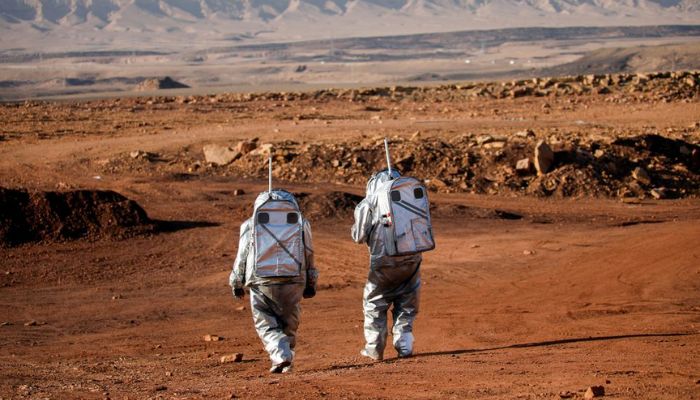Have scientists produced oxygen on Mars?
MIT announces Mars Oxygen In-Situ Resource Utilization Experiment was able to synthesise same amount of oxygen as average tree
September 02, 2022

NASA's Perseverance rover has surprised many and has given scientists new hope for space travel after transforming carbon dioxide from Mars into oxygen seven different times on the Martian surface.
Scientists at the Massachusetts Institute of Technology announced in the journal Science Advances that the Mars Oxygen In-Situ Resource Utilization Experiment, or MOXIE, was able to synthesise the same amount of oxygen as an average tree.
MOXIE's deputy investigator Jeffrey Hoffman said that human missions on Mars would be possible if things from earth could be taken there like "computers, spacesuits, and habitats".
MOXIE was first developed in 2014 by MIT. It used to be a small device that was fitted to the NASA rover which finally landed on Mars in 2021.
It uses the process of electrolysis to suck out oxygen from molecules of carbon dioxide.
Isolated oxygen ions are combined to make oxygen molecules. The MIT press release, according to the Washington Examiner, said that the molecules are checked for purity.
Fortunately, Mars is full of C02 and a lot of oxygen can be produced to sustain human life.
Hoffman explained that this effort by MIT was the first-ever demonstration of using a planet's original resources and chemically transforming them into something useful.
While MOXIE can only make 6 grams of oxygen an hour, scientists are working on the scalability of the device.











